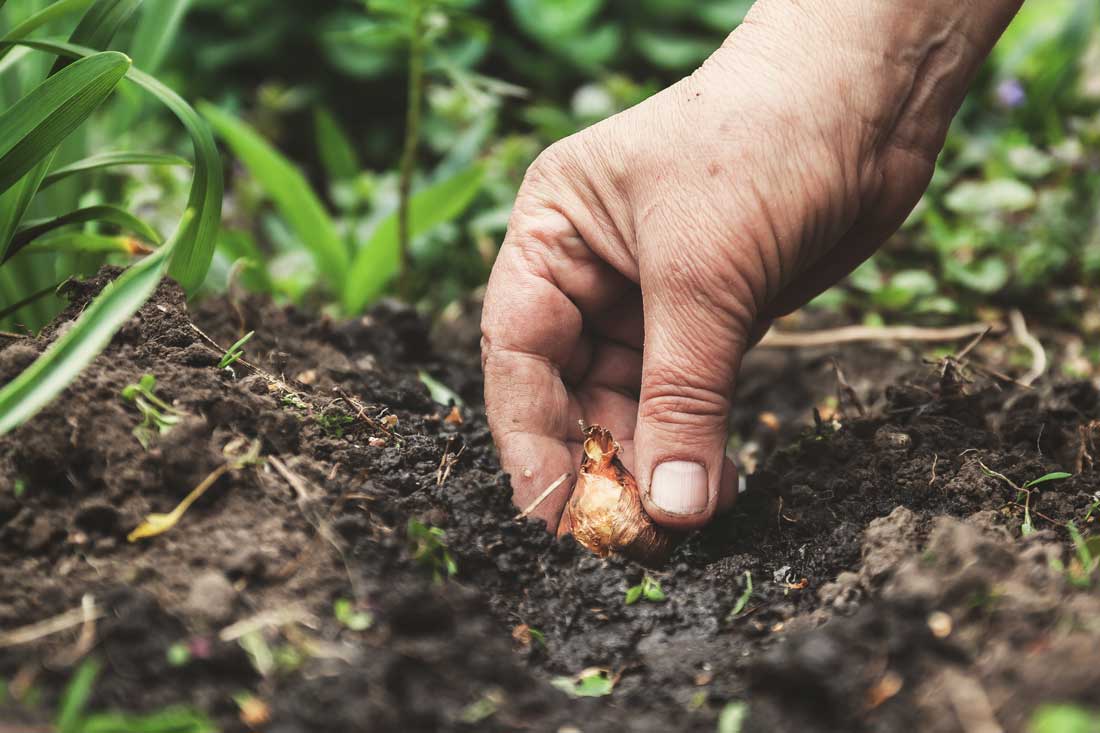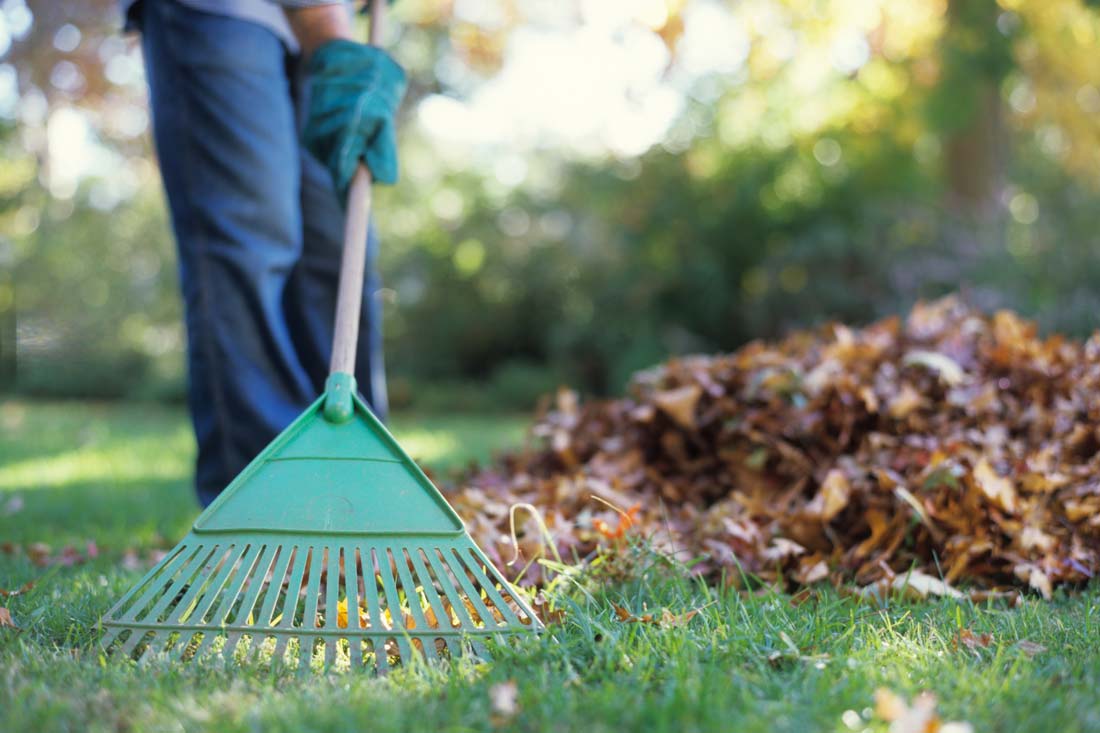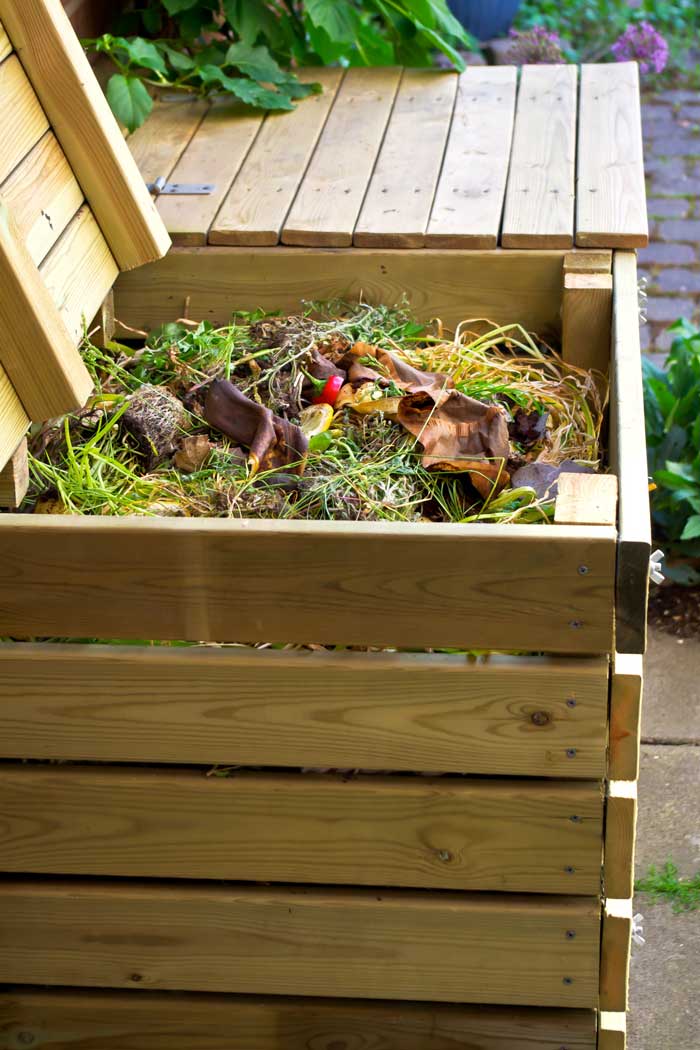5 of the Worst Weeds That Sprout in Fall
Some weeds actually prefer sprouting in the cooler temperatures of fall, surviving semi-dormant over winter, then kicking into high-growth gear in spring.

Plant bulbs about 3 times as deep as their height with the pointy end up. Finish by mid-November or before the ground freezes. iStock / Getty Images Plus

Rake or shred tree leaves to prevent them from matting down and smothering grass. iStock / Getty Images Plus

Compost spent plants from the garden, excess fallen leaves and grass clips from the final, shorter cut of the season. iStock / Getty Images Plus